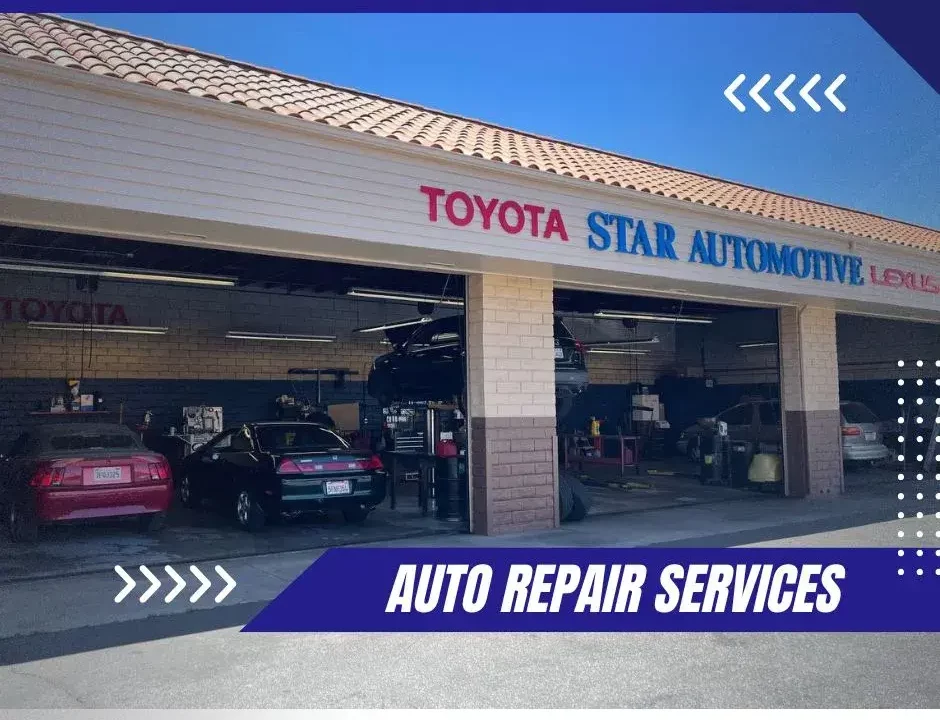
Identifying and Fixing Timing Belt and Chain Issues in Toyota Engines
August 14, 2024
When and How to Replace Essential Engine Components
August 14, 2024Detecting and repairing oil leaks in a Toyota mechanic a meticulous and systematic approach to ensure the longevity and performance of the vehicle. Initiating the process involves a thorough inspection to locate the source of the leak, which could range from the oil pan seal to the valve cover gasket. Utilizing tools such as a torque wrench and OEM parts is essential for achieving a reliable fix. After identifying the source, the repair methods vary significantly, depending on whether a simple gasket replacement suffices or more complex solutions like welding are necessary. In the following sections, we will explore the specific techniques and considerations that are crucial for addressing each type of oil leak effectively, ensuring your Toyota remains in optimal condition.
Identifying the Oil Leak
To accurately identify an oil leak in your Toyota, first inspect the vehicle for any signs of fresh oil on the engine or underneath the chassis. Begin this process by ensuring the car is parked on a level surface and has been off for a few hours to avoid burns from a hot engine. Using a flashlight, check for oil wetness or slickness on the engine block and surrounding components. Pay particular attention to the oil pan seal, valve cover gasket, and oil filter, as these are common leak points.
Next, place a large piece of cardboard or absorbent paper under the engine overnight. Oil stains on this material the following day can help pinpoint the source of the leak. Note the color and texture of the oil; fresh oil is typically light brown and transparent, whereas older oil may appear darker and thicker.
For a more thorough examination, consider applying a fluorescent oil additive, which glows under UV light. After running the engine for a short period, use a UV lamp to trace oil paths back to their origin. This method is particularly effective in detecting minor or hidden leaks that are challenging to locate through visual inspection alone.
Repairing the Leak
Once the source of the oil leak in your Toyota has been identified, the next step involves selecting the appropriate repair method tailored to the specific issue. This phase requires precision and a clear understanding of the mechanics involved to ensure a successful fix and to prevent future leaks.
For leaks stemming from worn gaskets or seals, replacement is the most effective solution. Begin by acquiring OEM (Original Equipment Manufacturer) parts, as these will provide the most reliable fit and function. Remove the faulty component, ensuring to clean the mating surfaces thoroughly to avoid any debris compromising the new seal. Apply sealant if recommended by your vehicle’s service manual, then install the new gasket or seal. It’s crucial to torque the bolts to the manufacturer’s specifications to avoid overtightening, which might cause another leak.
If the leak is due to a cracked oil pan or a damaged hose, the repair might involve welding or replacing the damaged part entirely. In cases of minor cracks, a high-quality epoxy designed for automotive applications can be used as a temporary fix. However, for a long-term solution, replacing the component is advisable to ensure the integrity of your vehicle’s lubrication system.
In conclusion, addressing oil leaks in Toyota mechanic requires a systematic approach that encompasses both detection and meticulous repair. It is imperative to utilize original equipment manufacturer parts and adhere to specified torque settings to ensure the longevity of the repair.
Significantly, research indicates that regular maintenance can reduce vehicle malfunction incidents by up to 25%. Such proactive measures not only enhance the reliability of the vehicle but also contribute to its operational longevity.
Prev article



